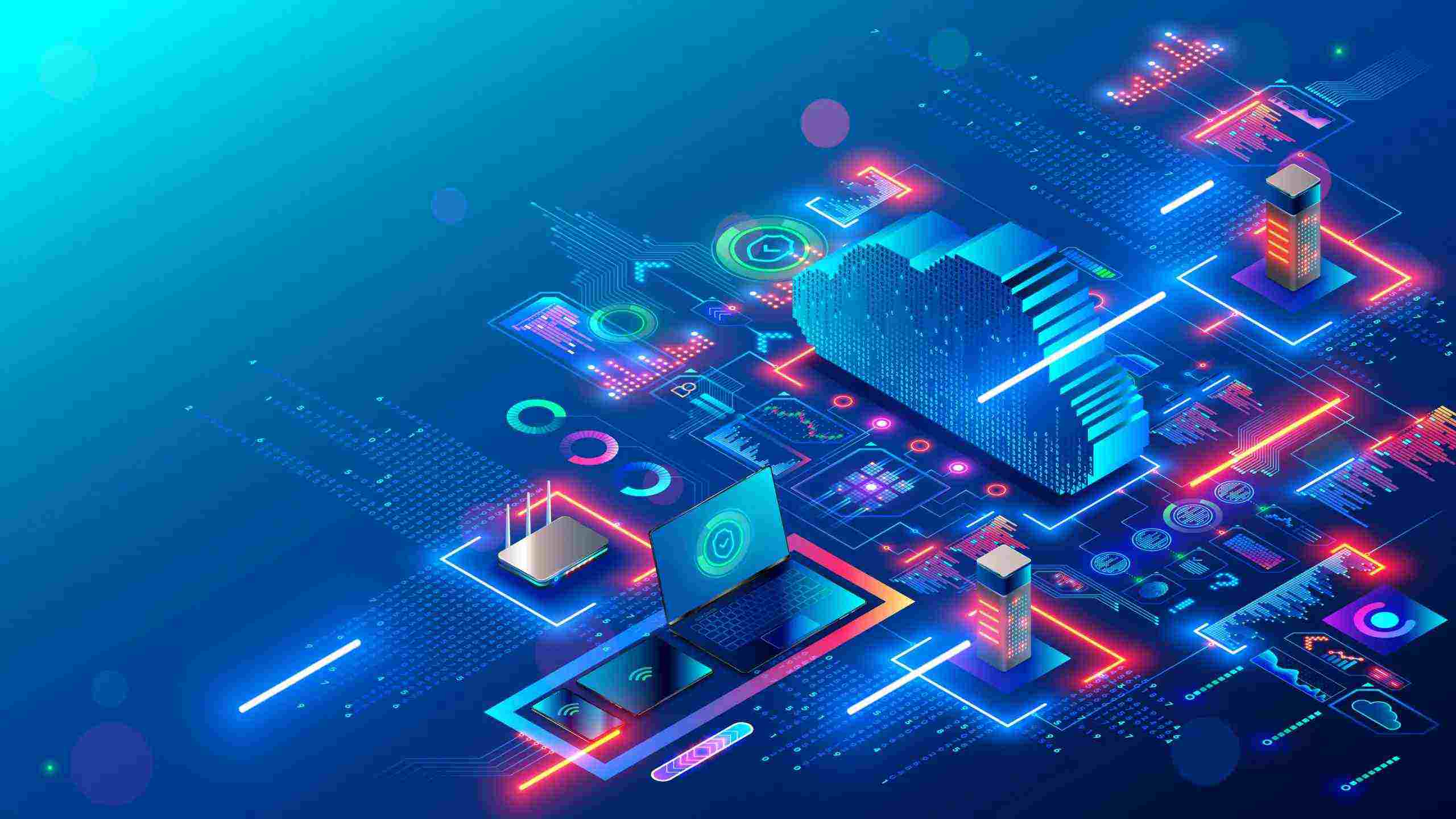Massive volumes of data are being produced by the Internet of Things (IoT) and connected devices, and they need safe and dependable storage. Scalability, accessibility, and cost-effectiveness are just a few benefits that cloud storage options provide for storing IoT data. The advantages and difficulties of using cloud storage for IoT and connected devices will be discussed in this article.
What is cloud storage in IoT?
IoT cloud storage is the practise of storing, managing, and processing data produced by IoT devices on remote servers. Large volumes of data are produced by IoT devices, necessitating the need for safe, dependable, and scalable storage solutions. IoT can benefit from cloud storage in several ways like using pCloud discount code will save your money.
Including accessibility, cost-effectiveness, and scalability. Real-time monitoring and decision-making are made possible by the accessibility and analysis of IoT data saved in the cloud from any location. Cloud storage does, however, come with certain drawbacks, including data security, privacy, and bandwidth restrictions. These issues, as well as the demands and specifications of the particular use case.
Must be carefully taken into account for the cloud storage solution in IoT to be implemented successfully.
What three IoT applications are there for the cloud?
A wide number of IoT applications are made possible by cloud computing, including:
- Data management and storage: IoT devices produce enormous volumes of data that must be handled, monitored, and continuously evaluated. Scalable and affordable choices for managing and storing IoT data securely are provided by cloud storage solutions.
- Processing and analytics of data: The cloud offers strong computational resources that allow for the analysis of IoT data, the creation of new knowledge, and the making of decisions in real time. This makes it possible for organizations to respond to changes rapidly, to streamline procedures, and to enhance results.
- The creation, deployment, and management of IoT applications are made possible by the development tools and services offered by cloud platforms. IoT solutions’ time to market is accelerated, expenses are decreased, and user experience is enhanced as a result
What is the fastest storage device?
The solid-state drive is the quickest storage device (SSD). Because they don’t have any moving parts, SSDs access, and transfer data much more quickly than conventional hard disc drives (HDD).
Faster boot and load speeds are achieved by SSDs because they store data in flash memory, which can be accessed almost immediately.
With sequential read speeds of up to 3,500 MB/s and sequential write speeds of up to 2,500 MB/s, SSDs have substantially greater read and write speeds than HDDs. SSDs are a great option.
What are the 5 pillars of big data?
A framework known as the “five pillars of big data” delineates the key elements necessary for a successful big data strategy. These pillars consist of:
- Volume: The quantity of generated and processed data, which can be in the terabyte to petabyte range.
- Velocity: The rate at which data is created, recorded, and instantly examined.
- Structured, unstructured, and semi-structured data are only a few examples of the variety of data kinds.
- Veracity: The correctness and caliber of data, which might vary depending on the sources, handling, and storage of the data.
- Value: The capacity to draw conclusions and value from data in order to inform business decisions and enhance results.
While creating a big data strategy, each pillar must be carefully taken into account because they each play a vital role in the big data ecosystem.
What is the highest digital storage?
The current limit for digital storage is in the zettabyte range. A zettabyte is 1 billion terabytes, or 1,000 exabytes, of digital storage. This amount of storage is crucial since the globe generates more data than ever before.
It is important that zettabyte-scale storage is still relatively uncommon and is only utilized by the biggest enterprises with the greatest data requirements. Having said that, we may anticipate zettabyte-scale storage becoming increasingly widespread as the world’s data production increases. Also, as storage technology advances, It won’t be long until even more advanced degrees of digital storage become a reality.
Which database is good for IoT data?
There are a number of options to take into account when choosing a database for IoT data, each with unique advantages and disadvantages.
NoSQL databases are a popular option since they are made to manage the unstructured and semi-structured produced by IoT devices. NoSQL databases are a suitable option for extensive IoT installations because they can scale horizontally and offer high availability.
Another choice is to use time-series databases, which are designed to store and query time-series data.
And other events with a timestamp. Time-series databases are the best choice for IoT use cases that call for real-time insights because effective data.
Last but not least, graph databases are also appropriate for IoT data, especially when handling complicated interactions and dependencies among various data points.
Conclusion
By offering scalable, dependable, and affordable infrastructure and services plays a crucial role in the development of IoT solutions. It delivers robust analytics and machine learning capabilities and enables real-time data storage, processing, and analysis. A key technology for the development and expansion of the IoT ecosystem is cloud computing.


